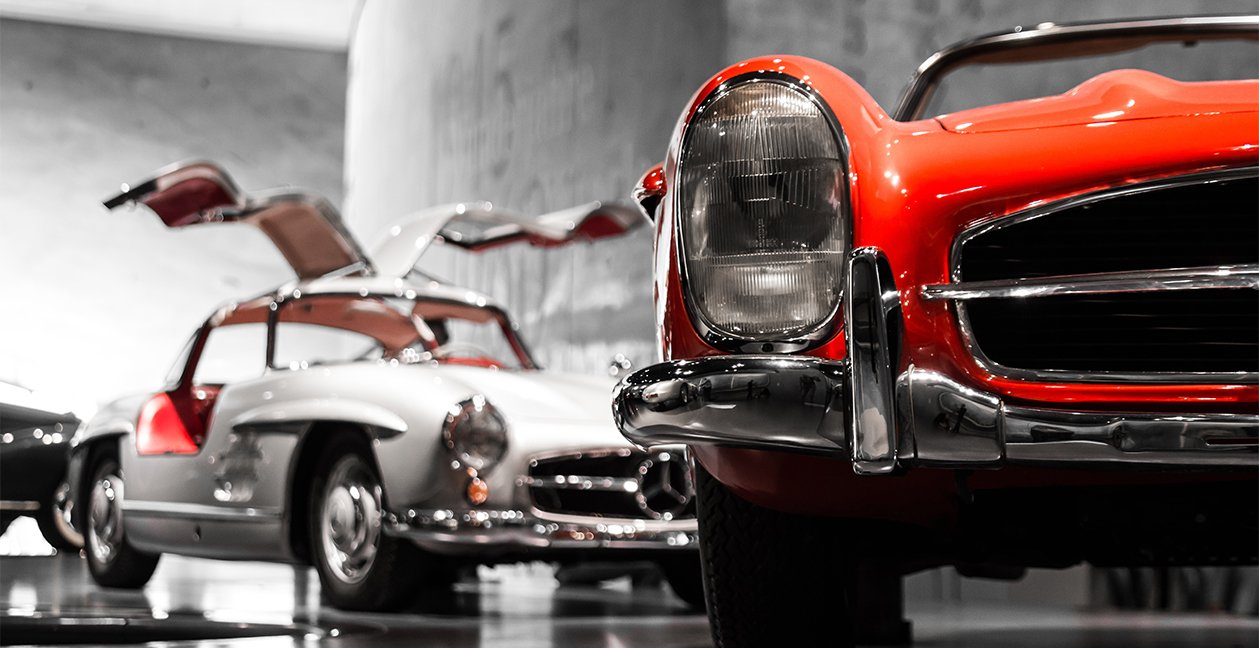While the fine art market continues to grow, the economics of taste are also powering a less publicized yet vibrant collectibles market. In this record arts and collectibles market, there may be something for everyone at more reasonable prices; given the average price of pieces auctioned is approximately $5,000. The broader adoption of technology to facilitate online auctions in a more cost efficient manner increases not only the size of the art collectibles market, but also the scope, breadth and compositions of its transactions. New and diverse buyers, bringing their own specific brand of nostalgia, also fuel this expansion of the market.
But what is the distinction between fine art and collectibles, and why is it a key factor in determining value? Generally, fine art is unique and one-of-a-kind, although there are instances where multiples or a series of an image or work of art are created, such as photography. Collectibles are created in series or editions, which usually means they are not as expensive. However, it may be easier to estimate fair value as collectibles have more comparables against which to assess and determine value.

Take the car market for example. New cars tend to depreciate once they are driven out of the dealership, but at what point do they then become collectible and regain or surpass their original market value? While there is no specific time and no specific answer, often nostalgia is the catalyst for creating the passion asset. One might purchase the car they could not afford in their youth or buy the car they prudently sold when they started a family. Whatever the reason, the car as an asset of passion offers additional benefits as it is also an experiential asset—if it’s in good working condition, of course.
Value in the car market is largely the type, condition and provenance. While the condition of the car directly relates to its resale value, the condition also applies to the potential experiential value. A buyer might purchase a car to restore it for rallies or to race. Older cars are often more difficult and expensive to restore, as replacement parts and mechanical experts aren’t as readily available. The owner then weighs the cost of potentially destroying value by replacing original parts for the benefit of being able to drive the car. The history of the car including prior owners and race results generally increases value as well as satiates nostalgia. Additionally, there is the potential to augment provenance by entering into and being successful in contemporary classic car rallies and races.
No matter how a car owner enjoys the car, it is critical to remember that old cars do not have the same safety features of new cars and likely may not or ever pass modern safety standards to be road worthy. Finally, one should not overlook the carrying costs such as maintenance, storage and insurance or the transaction costs and taxes, which can be onerous and significant.

So how do the economics of taste work? In 2018, four predominant auctioneers of classic cars sold approximately $1 billion in cars, which seems noteworthy. However, the total sales number has trended lower in the past few years; additionally, the number of cars sold has increased thus reducing the price of the average car sold. Is this good or bad? It depends on whether you are an established collector of American classics or a newer collector of more modern sports cars. As you might infer, as the classic car collector ages at the same time as sports car collectors enter and become more active in the market, the economics of taste evolves.
With all of the nuances and peculiarities of the car market, it is prudent to solicit expert advice and do your homework. Independent valuations and inspections are critical in determining the viability of a potentially good transaction. As the old adage goes—intelligence is learned, and wisdom is earned.
There is no better time than the present to clean up—and take a critical look at—what value may be hidden in your garage.
Sarah D. McDaniel, CFA, is a managing director for Morgan Stanley Family Office Resources.






